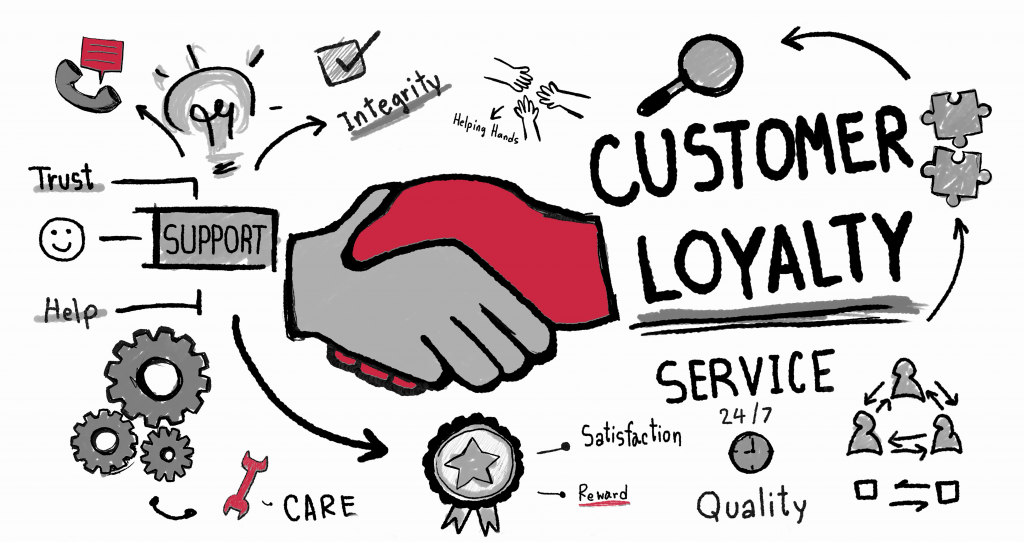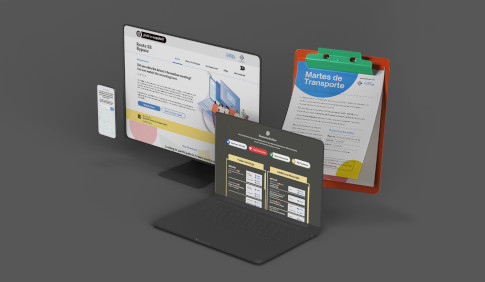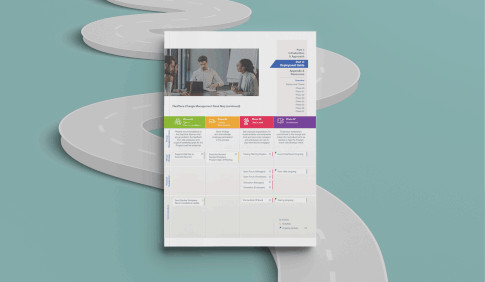For a shared services provider of products or services, the ultimate judge of quality and value is the customer. Traditionally, customer satisfaction has been seen as one of those intangible attributes that doesn’t always fit neatly into a measurable key performance indicator; as such, many shared services providers may not take the time to assess customer satisfaction.
Simply managing the value proposition, delivering on agreed upon metrics, and pleasantly interacting with your customers, is no longer enough. Shared services providers also need to focus on less tangible elements such as the customer experience and customer satisfaction.
The most critical factor to achieving shared services customer satisfaction is purposely connecting with customers in a way that builds trust and elevates your relationship from provider to partner. Building this relationship requires a relentless awareness of the customers’ perceptions of the products and services and that awareness requires constant touch points and dialogue.
Building strong working relationships as a product or service provider requires the same focus and emotional investment as any valued partnership. Customers want to know:
- Are you listening to what I have to say? Are you willing to spend time to clarify and confirm my thoughts, concerns, or issues so you can see things from my point of view?
- Do you care about what is important to me? Are you sincerely interested in what I am feeling about the situation and will you invest some of your energy in understanding my point of view?
- Will you partner with me to find a solution to my concern? Can you help me understand the “why” behind decisions so I feel like we are in this together?
Clearly understanding your customers’ needs helps establish a trusted, transparent connection, which enables an open dialogue to find mutually beneficial solutions. Responsive and adaptive providers create a culture of empowered team members that understand the importance of customer satisfaction as a critical component for the customer experience. These successful teams think proactively and react promptly to customer interaction opportunities.
A well constructed collaborative relationship will transcend continuously changing customer and market preferences in concert with a dynamic service and delivery environment. Creating a customer experience based on insights and relationships that shape perceptions while meeting customers’ needs is the definition of a sustainable win-win.
If you would like to learn more about building a foundation from which human capital can execute a shared services capability or how to create a cultural foundation that enables people to deliver quality shared services, contact The Clearing.





